From Korea Town To Business District: How Wangjing Changed in 20 years
When I moved to Wanjing twenty years ago, Wangjing was little more than a rural collection of cornfields. But just at that time, the neighborhood began undergoing rapid changes. In fact, the area’s heartbeat was pulsing so fast it had the whole city wondering, what’s going to be Wangjing’s next big move?
Shortly after I moved in, the China Central Academy of Fine Arts moved to the Huajiadi area, adding a touch of artistic vibe to the entire community.

The space was flocking with artist-wannabes who brought endless creativity and wild imaginations. For these ambitious souls, what Huajiadi could offer them was more than a place to paint, but a holy grail where every artist’s dream could come true with a swing of their brushstrokes.
All that activity slowly but surely lured more people over to Wangjing, but it wasn’t until 2002 when the subway completed the brand-new Line 13 that the neighborhood started seeing a dramatic influx of people.
My memories of the opening will never fade. The famous Wangjingxi Station was packed with newsstands, street vendors selling corn, and mini-cab drivers who would give you a bumpy ride home for just RMB 5.
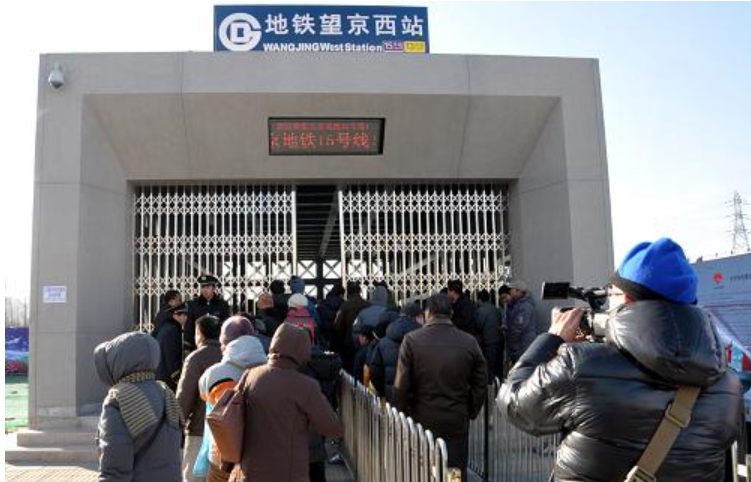
This was also the time that Wangjing saw its largest Korean population. Actually, it began to become a sort of Korea Town – something it's still known for today – all the way back in the mid-1990s, when a number of joint-venture businesses popped up in the neighborhood following China's opening up to Korean business.
At its peak, Wangjing's Korean population reached 70,000, about one-third of the entire population of Wangjing back then and more than the entire number of foreigners in Beijing today! In a sense, even though I am a native Beijinger, I almost felt like a foreigner living in Korea.

Looking around, it would not be hard to spot a Korean supermarket and once you walk inside, you’d be surrounded by Korean rice cakes and Korean-style fried chicken. At times I even felt being left out when everyone around me was speaking a martian language.

Back then, you could not even label yourself as a Wangjinger if you didn’t spice up your wardrobe with small-sized Korean-style clothing, or if you had never pigged out on Korean BBQ once or attempted to watch Korean soap operas to kill some time.
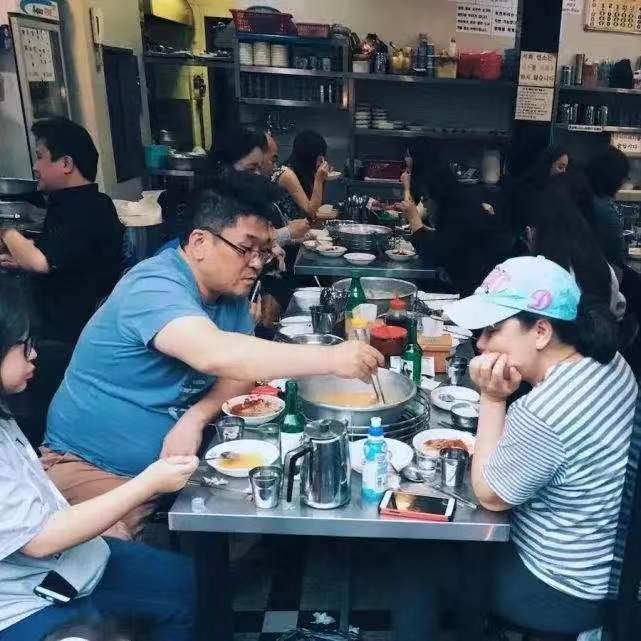
But then the 2008 economic crisis hit, driving many long-term Korean residents away. The Boya International Center, a clustering destination of Korean restaurants that had once thrived saw many of its venues close.
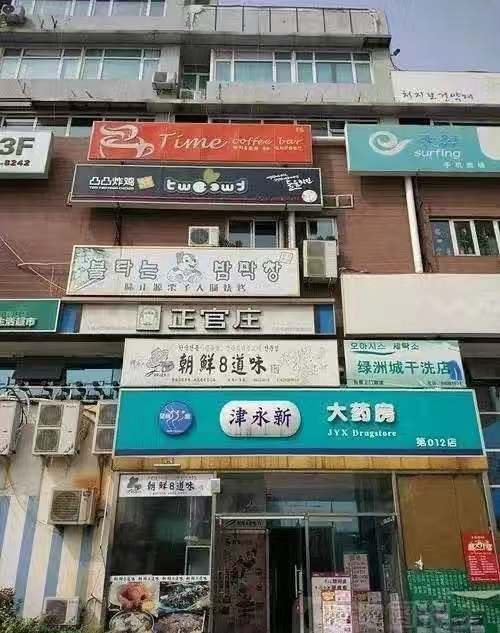
But that's far from the end of Wangjing's story. With the arrival of the SIEMENS Mansion and Fangheng International in 2007 and 2008, Wangjing has since become a cornerstone that has attracted multiple business owners and internet moguls. On the other hand, the rapid rise of housing prices drastically increased the living costs of Wangjingers. The place, as a whole, was no longer known as a gold rush destination, but a newfoundland for technological enterprises – a Chinese version of silicon valley.
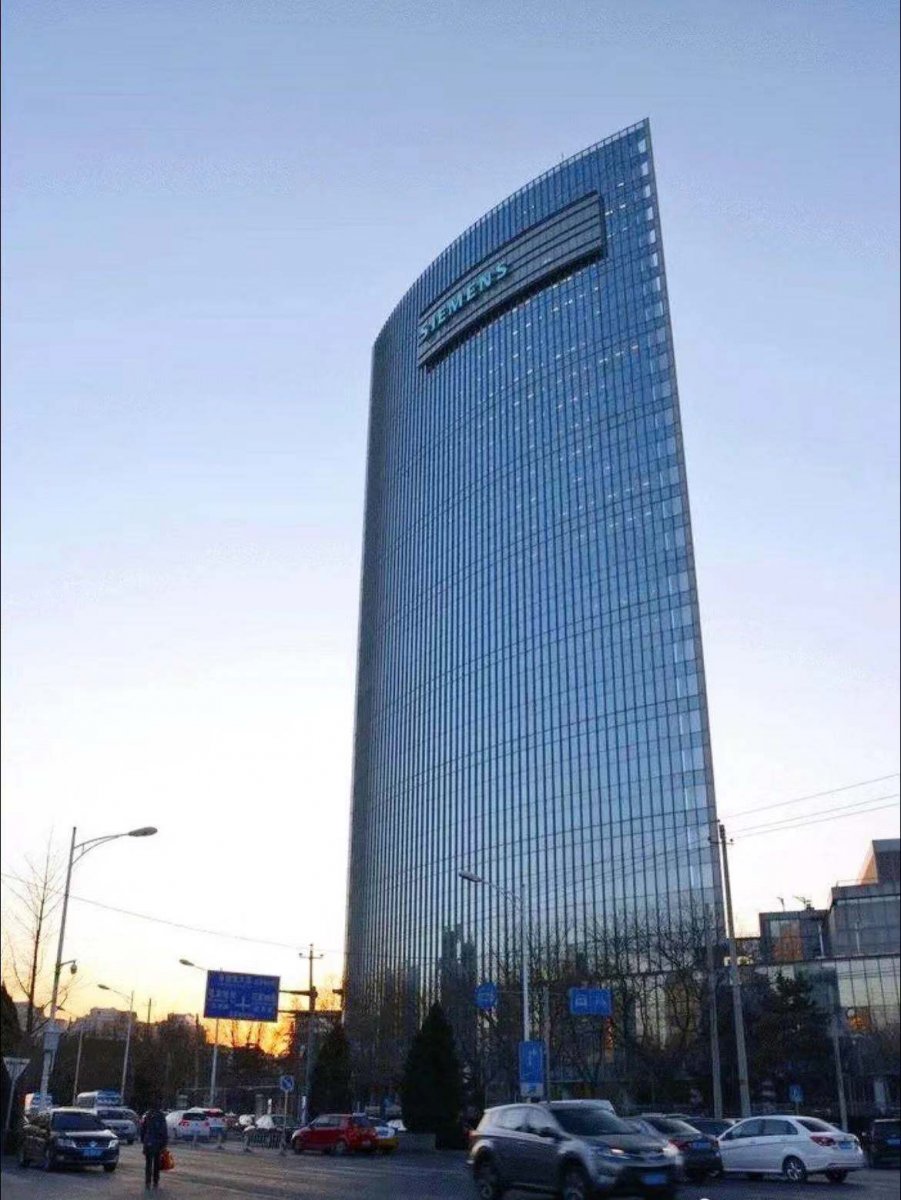
By 2010, the slow disappearances of Korean cuisine became more pronounced. Squares that were once filled with Korean restaurants were replaced by Chinese cuisines with a twist of Sichuan, Beijing, or even Shandong flavors. You might even find some classic Chongqing spicy Chicken and Cumin Beef that are typical of Chinese’s favorites on a menu that was once specifically catering to Koreans only.
Gone are the days when the long-standing Korean influences still dominated Wangjing. The flooding of internet giants like Meituan, Alibaba, and Tengxun have instilled new a new spirit in the area. Soon, as most Beijingers were still slowly adapting to cashless payments, Wangjingers had already scanning QR codes for a bite of a chicken drumstick without a second thought.

Somewhere down the street of Wangjing Soho and Hesheng Kylin Zone lies the first group of people who had experienced the trendy lifestyles that later went viral all over Beijing. Take a stroll around the Wangjing Soho and you'll find signs of the crowded settlements of entrepreneurs trying to test the limits of the sky.
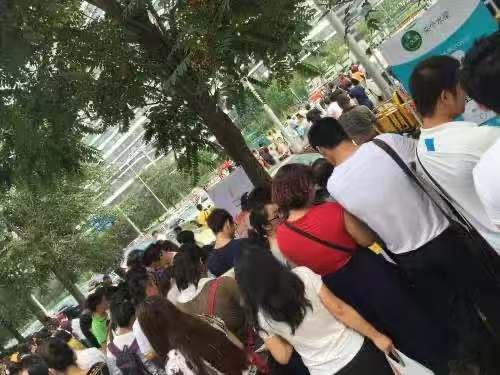
But all that capital that has been flowing into Wangjing didn’t come without a price, and from the once flourishing Motorola Mansion to the Ericsson Mansion–these glaring enterprises could not escape the fate of being overshadowed by newcomers such as Meituan and Ctrip.
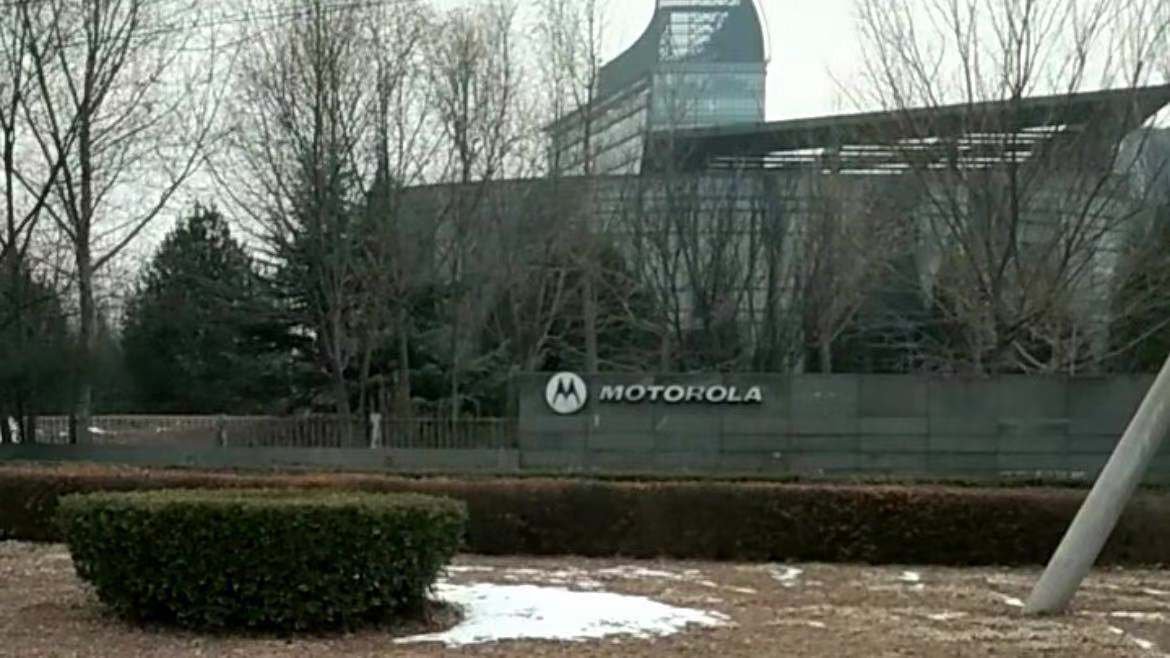
Even so, there are still places around Wangjing that have always thrived – from the huge crowds clustered in Wangjing dong Station to the Jiuxianqiao Area where people are always stuck in traffic – these places remind Wangjingers that there have been some things that have never changed.
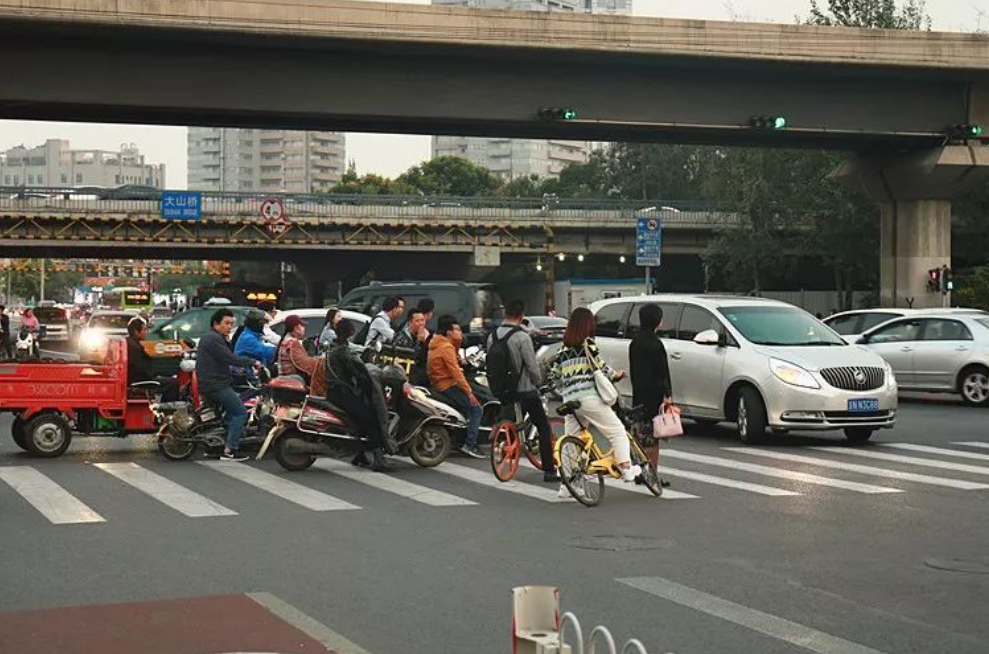
With all that ebb and flow that my beloved Wangjing has witnessed, I should say that no matter how long time has passed and how different that Wangjing has become from the one I remember, it will always hold a spot in the softest part of my heart. It's the place where I know the old pathways like the back of my hand, and where only I know can always locate the old haunts of childhood memories.
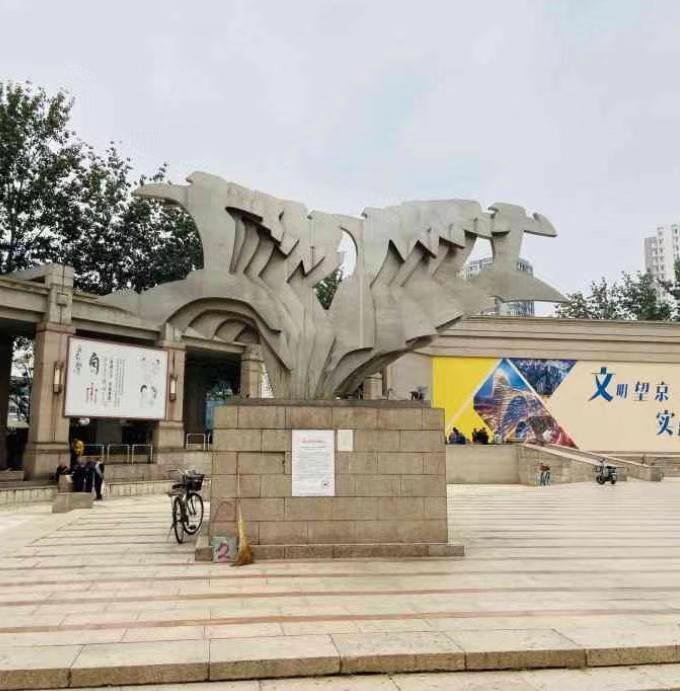
Read:Local Gem: Ever Wonder What North Korean Dining is Like? | the Beijinger
Images: Sohu, Tengxun, Wangyi, Weibo




